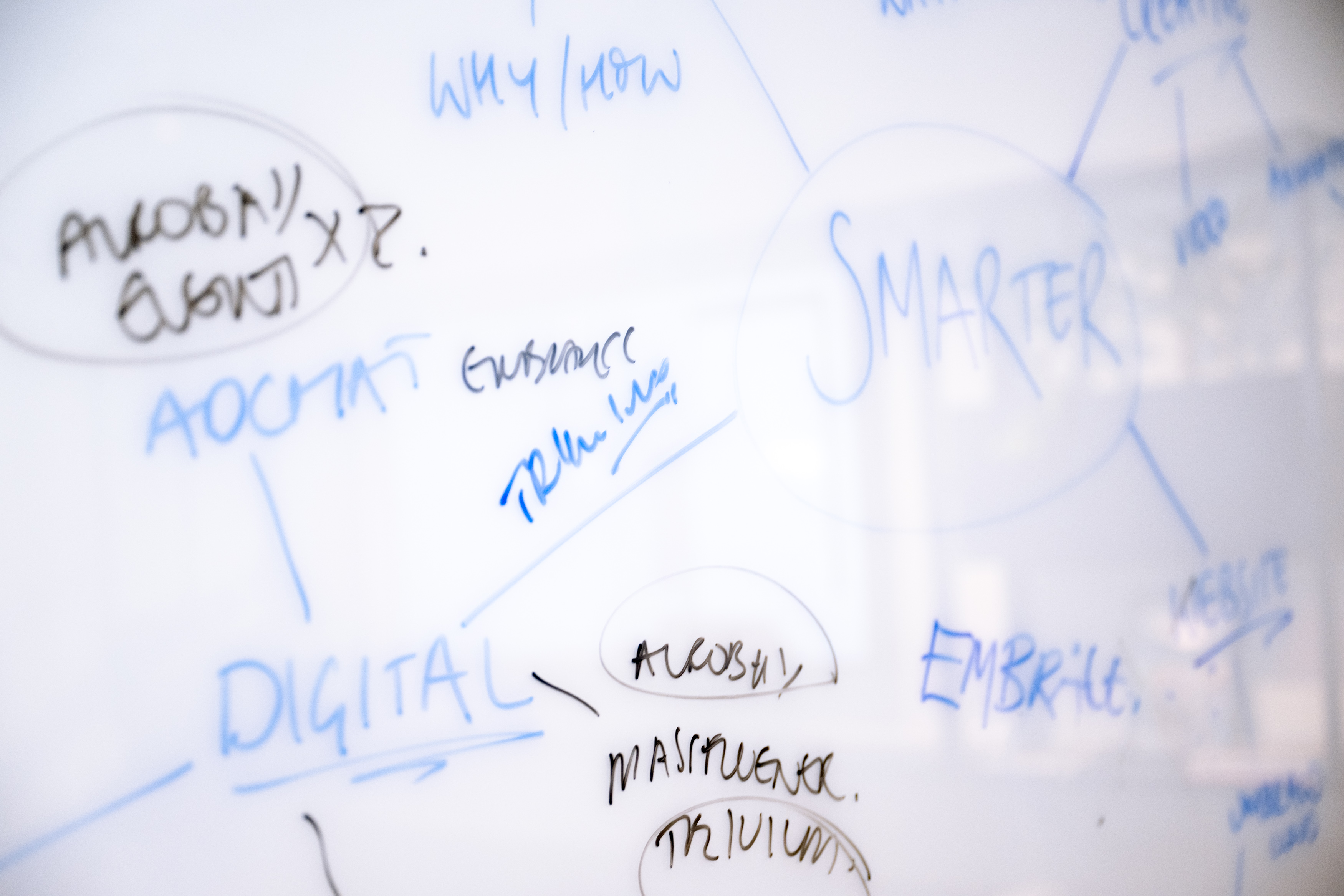
Why SEO, PPC and AI Visibility Must Work as One
The fragmented search landscape is being reshaped as AI changes how people find information. Once-separate strategies for paid and organic search can no longer afford to work apart.
AI Takes the Lead
A recent study has shown that 90% of brands are now investing into AI SEO. With AI Overviews, generative answer blocks and zero-click summaries increasingly dominating the top of page results, the barrier between SEO and paid media strategies has eroded. They must now come together in the fight for relevance.
Answer engine optimisation (AEO) adds a new layer to search. Google’s AI overviews no longer send users elsewhere; they resolve questions on the page itself, often anticipating follow-ups.
What these summaries and AI overviews have caused is a redistribution of attention: fewer clicks, shorter journeys and more exposure to algorithmic summaries. And that matters, a lot. A shrinking share of top-of-funnel traffic means less control over where – and how – audiences encounter them.
This redistribution of attention is taking place whether businesses are “AI ready” or not, and the reality is that everyone is now competing for relevance in a digital journey where the top-of-funnel click might not happen.
SEO Cannot Do It Alone
SEO isn't dying, but it cannot do it alone.
Changes to search results make traditional keyword-driven strategies much harder to rely on as they no longer guarantee visibility. To add to that, generative tools like ChatGPT and Perplexity often source information from highly authoritative sources and digital publications, thereby increasing the value of earned media and digital PR.
Much of the tried-and-true SEO practices are still carrying forward. Websites must satisfy technical standards like clarity, authority and accessibility, but success now also depends on how content is interpreted by machines as well as humans. Schema markup, structured data and monitoring of zero-click queries are much more than technical footnotes; they are the means by which information surfaces at all.
All of this means:
• Building content with direct responses to user questions.
• Using schema markup and structured data so AI tools surface content reliably.
• Monitoring zero-click queries and adapting your overall strategy to capture visibility even when clicks aren’t taking place.
Paid Media in a Zero-Click World
Paid search once followed a predictable sequence: query, ad, click, conversion. That chain is now broken. AI-generated answers compress the funnel and obscure attribution, making every impression harder to value.
Brand searches have become defensive terrain, which means brand protection is increasingly more important, as competition for the remaining real estate intensifies. But there is still plenty of room for PPC within digital strategy, if done well.
Successful PPC now demands:
• Collaboration with SEO to identify keywords where AI results dominate.
• Ad copy and landing pages that reflect the tone, language and answer patterns surfaced by generative results.
• Data-driven shifts in budget toward higher intent keywords and away from click starved terms.
PPC alone without integration has become more inefficient. When it aligns with SEO and AI visibility strategies, it becomes a valuable instrument for overall cohesion, and precision within non-AI results.
Visibility Beyond the Click
AI visibility extends beyond traditional search: into chat interfaces, voice assistants and summarised feeds. Maintaining presence across these surfaces requires coherence between organic, paid and AI-indexed content.
The tactics will evolve, but the principles hold: track where AI results appear, monitor how competitors are described, and adjust content to shape those narratives.
AI Search is the Future, But It's Still Built on the Old Internet
AI search still depends on the same foundations: crawlable pages, structured data, and well-built sites. Technical SEO, site speed and schema markup remain the plumbing beneath the new surface.
The real shift lies in how these elements connect. Aligning content, ads and metadata around shared objectives turns once-separate disciplines into a single visibility strategy.
That’s the future of search: for brands willing to reframe how they think about visibility generally, the opportunities are wide open.
Keen to find out more about AI visibility for your brand? Get in touch.